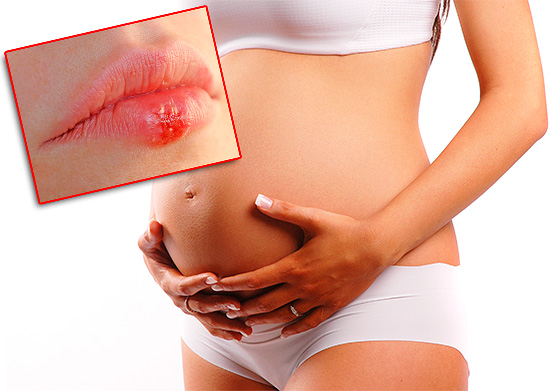Content
- Do I need to remove papillomas on the body
- What is laser treatment for papillomas
- How is laser removal
- What are the contraindications for laser removal of papillomas?
- Does removal of neoplasms have complications
- Where can I remove papillomas and how much does it cost
In everyday life, warts spoil the appearance and cause inconvenience. And some types of papillomas generally pose a potential threat to life. Now you can get rid of the problem forever using the latest technology – using a laser.
Do I need to remove papillomas on the body
In fact, papillomas are benign lesions on the skin, but in modern dermatology they are considered a viral disease. Infection, penetrating the epidermal tissue, may not detect itself for a long time, but then begins to progress against a background of weakened immunity. Before you understand how papillomas are removed, you need to trace the dynamics of the pathological process.
Papillomavirus infection affects people of all ages and is the beginning of many problems. Strengthening on the skin epithelium or mucous membranes, it entails the appearance of other, more serious, growths on the body. The pathology is asymptomatic, but doctors are convinced that the resulting papillomas are a clear sign that the balance in the human body.
What is laser treatment for papillomas
Before laser treatment came into medical practice, warts were excised using low-temperature nitrogen, electricity, or chemicals. Removal of papillomas with a laser is an innovative technique that provides for painless disposal of neoplasms. Low-intensity radiation stimulates blood microcirculation, promotes accelerated healing, improves tissue nutrition. Together with the removal of the papilloma, the laser beam seals the blood vessels, eliminating the occurrence of the inflammatory process and scars.
How is laser removal

During the operation, pain in the patient is completely absent. Laser removal of neoplasms on the skin occurs on an outpatient basis within 1-2 minutes. After excision of the papillomas, the complete healing of the skin or mucous membrane occurs in 6-8 days. During the operation, the instruments do not come into contact with the skin, therefore, the possibility of infection with any infection is excluded.
Removal by papillomas with a laser is an extremely accurate procedure, in which nearby organs are not touched, and the depth of exposure to the light flux is completely controlled. During the operation, the wound is disinfected, and there is also a simultaneous stimulation of internal resources for quick healing of the skin. After excision of the neoplasm, the doctor should treat the wound area with a solution of potassium permanganate, and then a crust forms in this place.
What are the contraindications for laser removal of papillomas?
Laser excision of the neoplasm is considered a safe and gentle technique. However, medical workers do not always undertake to conduct it. Before removing papillomas, you should be aware of possible contraindications to the procedure:
- diabetes;
- oncological processes;
- endocrine system disorders;
- exacerbation of herpes;
- thrombocytopenia;
- epilepsy;
- immunodeficiency;
- photodermatosis;
- acute inflammatory processes;
- fever.
Does removal of neoplasms have complications
After removal by papillomas with a laser, complications may occur in some cases. If photodermatosis was observed in the patient before surgery, the procedure can trigger pigmentation. With an increased tendency to allergies, hyperemia or swelling is sometimes observed in the area of laser exposure. If there are thyroid problems, then the formation of a keloid scar is possible. With sensitive skin, a slight burn redness with scab formation sometimes appears in the area of laser exposure.
To avoid the above complications, within two weeks after the procedure, patients should adhere to some restrictions:
- refrain from excessive cold or heat;
- avoid ultraviolet radiation;
- refrain from swimming in the sea, pool, sauna, bath;
- do not rub the area after the shower with a towel.
Where can I remove papillomas and how much does it cost
The price depends on the level of the clinic, the qualifications of the doctor and the pricing policy of the medical institution. If the patient needs additional examinations, for example, a blood test, polymerase chain reaction or a coagulogram, then the final cost will be higher. Carrying out the procedure for removing moles, both in private clinics and in public hospitals.












